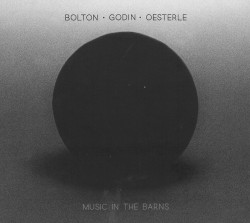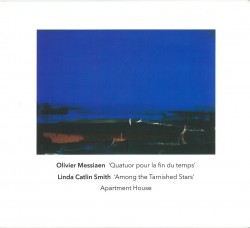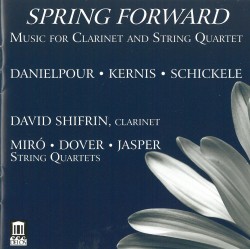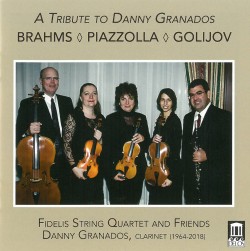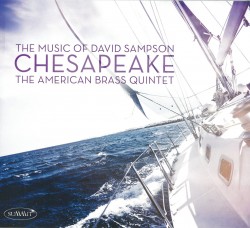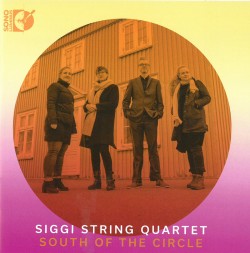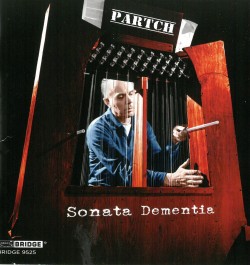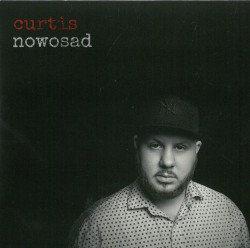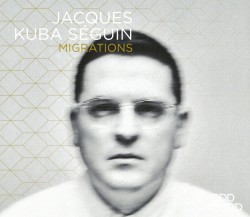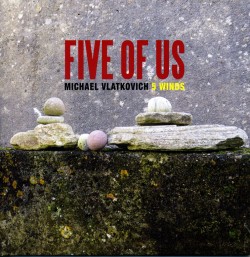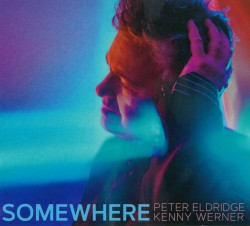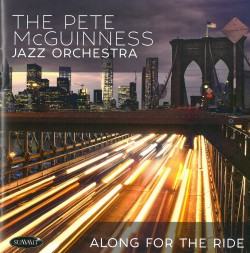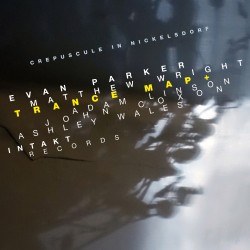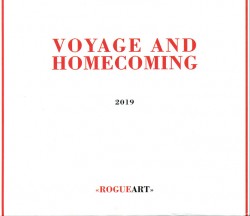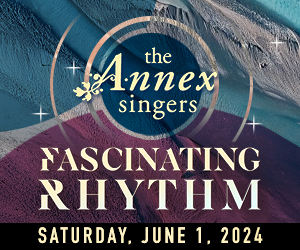Canadian Amber: Music by Latvian-Canadian Composers - Laura Zarina; Arthur Ozolins; Beverley Johnston; Canadian Opera Company Orchestra; Ninth Latvian Song Festival Orchestra; Alfred Strombergs; Maris Simais
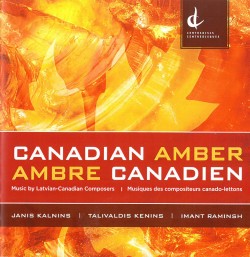 Canadian Amber – Music by Latvian-Canadian Composers
Canadian Amber – Music by Latvian-Canadian Composers
Laura Zarina; Arthur Ozolins; Beverley Johnston; Canadian Opera Company Orchestra; Ninth Latvian Song Festival Orchestra; Alfred Strombergs; Maris Simais
Centrediscs CMCCD 26519 (musiccentre.ca)
Back in July 2019 I attended a concert which highlighted “significant contributions made by émigrés from Latvia to the music and culture of Canada.” Part of the Toronto XV Latvian Song and Dance Festival, it focused naturally on Latvia’s famous choral tradition, yet I was curious also to hear orchestral works by Latvian-Canadian composers including Tālivaldis Ķeniņš (1919-2008) and Imant Raminsh (b.1943). It is perhaps not surprising to hear works by the same composers on the CD Canadian Amber – dedicated to the same theme – with the addition of the slightly older Jānis Kalniņš (1904-2000). All three Latvian composers made Canada their home after World War II.
Kalniņš’ three-movement Violin Concerto (1945), firmly anchored in late-Romantic style, offers attractive lyrical passages for the soloist and orchestra, though overall the work sounds some 50 years past the style’s prime era. Raminsh is best known for his choral works. True to form, his Aria for Violin and Piano (1987) is imbued with arching, expressive melodies, framed by easygoing tonal settings with modal implications on the piano.
On the other hand Ķeniņš’ Concerto for Piano, Percussion, and String Orchestra (1990) reflects a very different sound world. The title, instrumentation, shear energy and terse, shifting dramatic moods evoke Béla Bartók’s expressionistic, modernist, chromatic musical language, though the instrumentation also brings to mind aspects of some Alban Berg works. Despite these surface homages, Ķeniņš’ idiosyncratic compositional voice emerges clearly, emotionally gripping us with effective writing for the piano soloist as well as for the strings and percussion. Here’s a work that begs for programming on both Canadian and Latvian stages.


